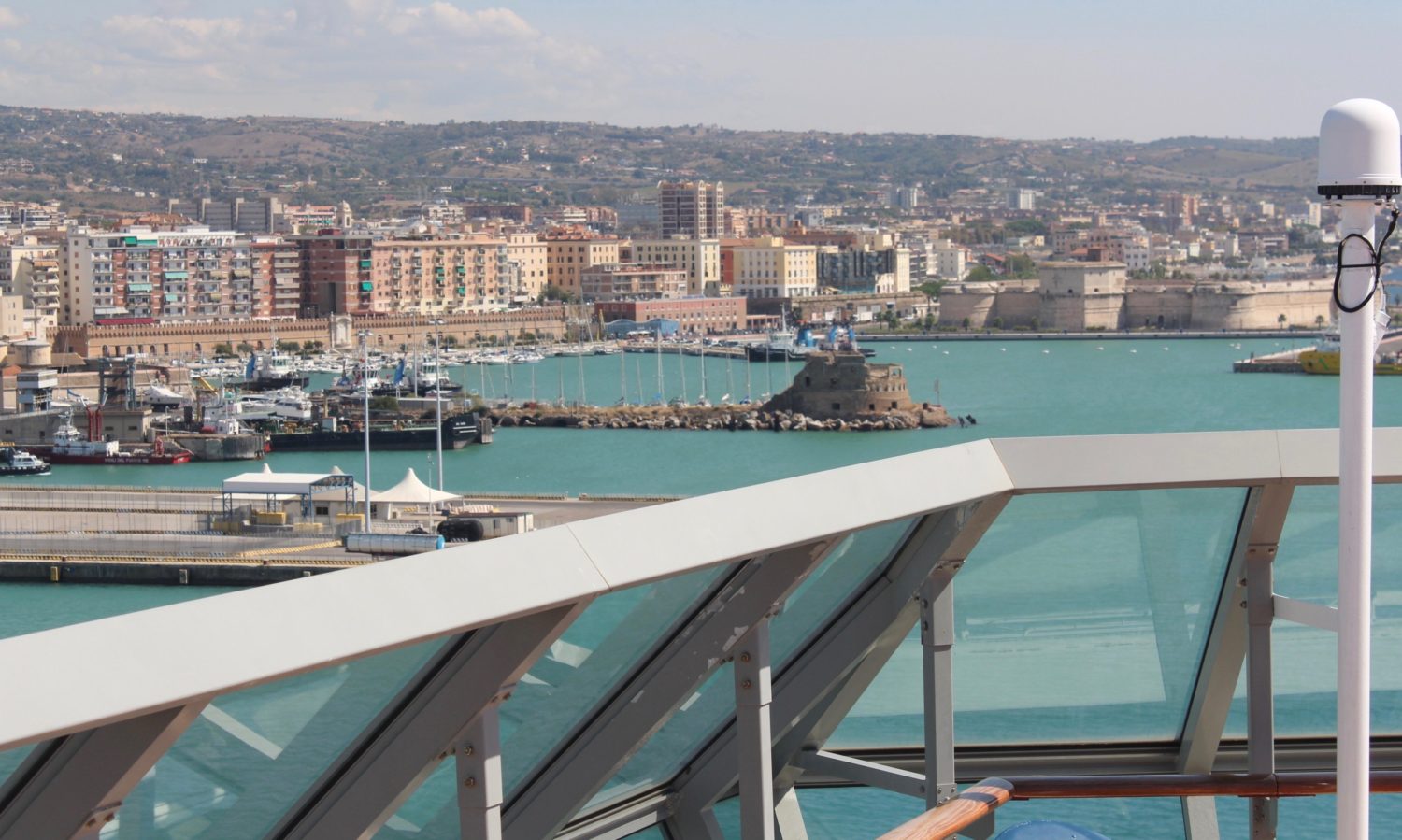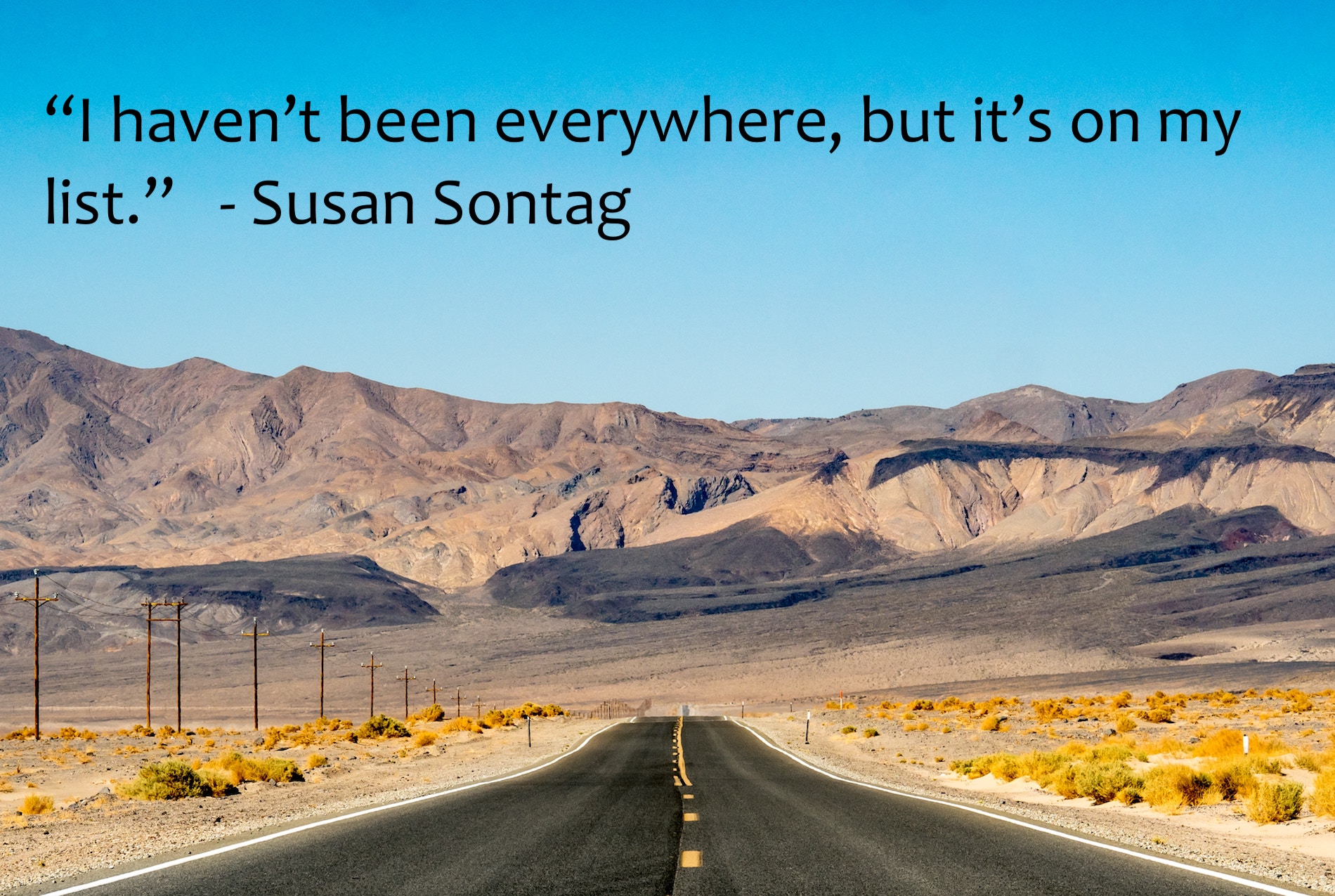
Australia Easter: Convicts, Conquests, and Light in the Darkness
I’m having my own Sunrise Service here at sea, waiting for the sun’s rays to peek over the horizon any minute – I’m sure the captain up on the bridge is on the lookout as well. Padre plans to check out the passenger-led service later this morning, but you know Padres. They assess the ministering, just like teachers critique the teaching when they become the

students.
So I’m staying here to do my own Easter thing, and I’m sure I’ll hear all about it later. Padre has great fun attending the various offerings on board – yesterday, he went to one on men’s mental health (seriously) but he came back the same old Padre. And after church, he’s going to a chocolate demonstration, where I’m sure he’s hoping for handouts.
I’ve always loved Easter, a time when the Gospel resurrection story parallels upheavals in nature, and the depths of winter give way to glorious explosions of blooms and new growth. Life’s like that, too. Eventually, I’ve lived and loved again after losses and disappointments, and it truly is a miracle. We seem wired for regeneration, thank God! (A thank-you is appropriate, especially today).

Here in the tropics everything stays relentlessly lush – no hard frozen earth to symbolize our sorrows anywhere nearby. So I decided to frame my Art and History post around redemption (or need for redemption) stories, in keeping with the Easter theme. We love history and art museums, and have enjoyed several wonderful venues in Sydney and Darwin, and learned so much. All we need is waaaaay more time, since we can get lost in such places for hours on end.

One Country Born From the Failures of Another
The Hyde Park Barracks Museum and the State Library of New South Wales both featured captivating exhibits on Sydney’s historical convict origins.

We learned about several Sydney citizens such as 17-year old Frederick Morgan, who was tried at the Old Bailey in London for stealing four yards of cloth. He received the standard sentence for theft of goods worth over 40 shillings – execution by hanging – but the judge reduced his sentence to transportation for life, based on the good reputation of his parents. Thanks Mom and Dad.
Frederick probably never saw his parents again, but he left to history a love token similar to the one pictured here,

maybe in tribute to those parents who saved his life. Only a few hundred of these love tokens still exist today, made by convicts awaiting transport to Australia. Most of their makers passed through Sydney’s Hyde Park Barracks, while the tokens remained behind in England with the loved ones.
Upon arrival in Sydney in 1826, Frederick, a ‘new chum’ now, was inspected in the Hyde Park Barracks yard, with all the other pickpockets, petty thieves, bank robbers, political protestors, pirates, and hardened repeat offenders who ended up there. He was assigned to a convict job, which could have been anything from tailoring to clerking to mining, depending on his skills (the stolen cloth suggests he was a tailor). After receiving a Conditional pardon in 1847, he married and fathered 16 children. Morgan died in 1886, but three of his sons went on to found the Mount Morgan Gold Mining Company, which became one of the most productive gold mining companies in the world.
While not all English exile stories ended as positively as Frederick’s, more than a few convicts prospered in this ‘new’ country, and went on to build what we know of today as Australia.
One Civilization Almost Destroyed, Still Waiting To Be Heard
I put the word ‘new’ in air quotes on purpose, because Australia was not discovered by

Wing explains, “In high school I was taught that Australia was discovered by Captain James Cook. This colonial lie is reinforced by a huge bronze sculpture in Hyde Park, Sydney, which is situated on a massacre site. Etched in stone are the words Captain James Cook Discovered Australia 1770. I decided to create my own monument to Captain Cook, who personifies colonization…. History is often written and erased by the victors, so I decided to challenge the colonial history of Australia from an Aboriginal perspective and simply tell the truth.”
exiled British convict arrivals, despite the traditional historical narrative. This narrative is widely celebrated throughout Sydney, with grand bronze statues of prominent explorers and country founders such as James Cook and Governor Macquarie. When the English convicts arrived, Australia had been widely inhabited by indigenous Australians for thousands of years, and the Aborigines (as the British named them), considered Australia theirs. Why wouldn’t they?
You don’t have to guess what happened when the colonizers decided they wanted all that Aborigine land for themselves. It’s an ancient, horrid story, of disease-decimated populations, stolen lands, and outright genocide. For a time, extermination, and then assimilation, were both official government policies. The legacy of these crimes against humanity still resonate in Modern Australia today, as they do everywhere in the world where this sad old story has played out.
I see so many parallels to the United States history lessons

by Dale and Kate Harding, Bidjara/Ghungalu/Garingbal peoples.
Harding’s great uncle recalls the murder of an innocent Aboriginal gambi (woman) in retaliation after the white man’s family was killed in an 1857 bank massacre. The murderer justified killing the gambi by proclaiming she wore a dress from his deceased mothers’ wardrobe, which was untrue. The artist created a tribute for the murdered gambi, of dresses she would never get to wear.
I help social studies teachers prepare* (*my part-time job, without which I couldn’t afford cruise life – thank you, employers :-)). Aboriginal children were removed from their childhood homes, for example, in the same way Native American children were taken from their families to be raised in special schools. The goal in both instances: Teach the children to be white, and eradicate any traces of indigenous culture. Same thing, same disastrous consequences – a legacy of family dislocation, poverty, substance abuse, and dysfunction.
Well-known journalist and Aborigine Stan Grant, in his timely treatise Talking to My Country, explains:
“Australia still can’t decide whether we were settled or invaded. We have no doubt. Our people died defending their land and they had no doubt. The result though was the same for us whatever you call it. Within a generation the civilizations of the eastern seaboard – older than the Pharaohs – were ravaged.”

Pipes symbolizing the 1905 66 Clauses Aborigines Act, which reinforced the colonial oppression of Aboriginal people at the time by codifying racist policies into law.
Grant details the personal toll this ravaging took on his own family, and tackles head-on the shock of a recent racist eruption in Australia’s most hallowed of places: the sports stadium. A 13-year old girl cast a racial slur upon a popular football player, and the humiliating booing the player endured afterward eventually drove him from the game. This happened in 2015, not 1955. Grant challenges his beloved Australia with these words:
“Being good and great does not absolve you from a terrible sin and a pain inflicted on a people who did nothing to deserve it. Remember that: the first people of this land who have suffered for your greatness did nothing to deserve it. A truly great country – if we truly believe that – should be held to great account.”
Amen. And so the search for redemption and justice continues, in Australia and everywhere.
Beauty and the Beast
A sermon I heard recently made a great point about redemption. One of the keys to finally letting go of our hurts lies in getting things out into the light; facing the truth, about a country, about ourselves. I loved these paintings of two girls, because put together, they

symbolize for me something important about Australia I want to remember.
This blonde girl on Bondi Beach reminds me of the stunning beauty I see everywhere here. A sunwashed country, bathed in golden, glowing light from the dazzling sun; that’s the image of Australia we see in the tourist brochures. This is actually true in a visual way, because all you have to do is check back through my Australia blog post photos to see Australian blues, sandstone, and golden light predominating.

And then there’s angry girl. At first I loved this painting because it reminded me of all the quirky teenagers I’ve embraced as students during my teaching career. Put in juxtaposition to the blonde girl, though, the angry girl becomes my metaphor for Australia (and the States). On the surface, I see golden sands, sparkling blue waters, and prosperity in a land of plenty. Underneath the surface, there’s the rest of it – simmering racial tensions and intractable social issues.
Someday, maybe, both Australia and America will successfully grapple with the painful truths of their origin stories. In the meantime, there’s Easter, when I also celebrate my favorite scripture verse, John 1:5: The light shines in the darkness, and the darkness shall not overcome it.” A fitting Easter truth for this most serious of subjects.
And I can’t think of a better artwork to go with that verse than this one by Brian Robinson, in which he celebrates flowers as symbols of fertility, abundance, harvest, and regeneration, part of the cultural narrative and traditional customs of the Zenadh Kes Islanders.
Hope springs eternal, and Happy Easter everyone – thanks for following along!



